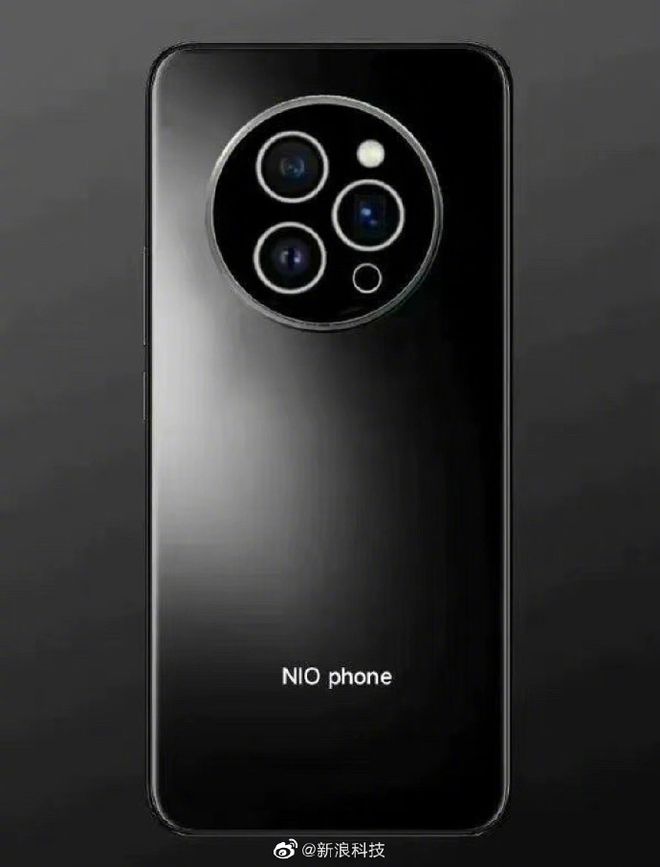As the concept of interconnection becomes more and more deeply ingrained, representatives from various fields and industries are also using it to cross-border to open up new maps. Take the most common mobile phones entered by automakers as an example. Recently, NIO, one of the representatives of new energy, was revealed that the mobile phone business is ready and will release mobile phones soon. In fact, this is not the first time that NIO’s mobile phone business has been exposed. Before this, NIO co-founder and president Qin Lihong revealed at the event that NIO mobile phones will start internal testing in the second quarter of this year, and it is expected to be officially released to the public in the third quarter of this year. It also announced that it will never hang advertisements in NIO mobile phones, and will resolutely not rely on advertising to make money, which has attracted the attention of the whole industry.

Correspondingly, Meizu, a mobile phone manufacturer, has recently made significant moves in the construction of automobiles and smart car ecosystems. For example, FlymeAuto, a new form of smart cockpit based on the Flyme system, has launched three smart car function innovations in the past six months: Smartbar function, small window mode, and holiday desktop function. It has also launched the national co-creation activity "FlymeAuto Master Plan".

Due to the popularity of the event participation, a number of high-quality solutions with great feasibility have been born. Take the latest issue of #smarter navigation methods, for example, there are "mobile phones and cockpits are equipped with UWB chips synchronously, and one-click navigation can also be used to find cars in netless scenarios", "HUD and car screen multi-screen interaction, navigation data is kept synchronized", "support for adding multiple pathways, intelligent route planning", etc. I don’t know which of these solutions you are most looking forward to landing?
In addition to the "FlymeAuto Master Plan", the recently famous blogger @Garage 42 also revealed the latest progress of Meizu FlymeAuto. Through the information revealed, "FlymeAuto" not only brings "Flyme Link Negative Screen" for mobile phone-car Internet customization, but also the car version of Meizu and QQ Music cooperation has been adapted. Coupled with a split-screen mode with freely adjustable proportions and a "nap mode" with effects similar to 4D/5D movies in scenic spots, it is not difficult to find that the current FlymeAuto is quite mature.


Of course, in addition to the smart cockpit FlymeAuto, the smart phone Meizu, which acts as a carrier, has also invested heavily. Like the Meizu 20 series that will be unveiled recently, the intelligent engine "One Mine 10.0" equipped with the new generation of unbounded ecosystem Flyme 10 will be combined with the second generation of Snapdragon 8 chips to build the unbounded car-connected computing center. Even the unreleased flagships have been laid out. It can be seen that Meizu will have a lot to do on the "stage" of Zhixing this year.

I believe that seeing this, everyone has a new understanding of the construction of Meizu Zhixing ecology, and as the release of Meizu 20 series is getting closer and closer, whether FlymeAuto will finally appear on the same stage is undoubtedly the most worth looking forward to this spring. In addition, it is worth mentioning that the latest warm-up of Meizu 20 series, which has the "Unbounded Car Joint Computing Center", also revealed that the screen will use the suspension dispensing 3.0 process, which can bring a narrow border to 1.57 mm, as well as a visual perception and protection experience of equal width on all sides. For this reason, small partners who have recently purchased a new machine and plan to replace it can also pay attention to this new flagship.